Shipping is temporarily suspended until Monday, July 7th to protect plant health. Click here to learn more.
Shipping is temporarily suspended until Monday, July 7th to protect plant health. Click here to learn more.
| Size | |
|---|---|
| Common Name | |
| Type | |
| Family | |
| Native? | |
| Zone | 4, 5, 6, 7, 8 |
| Height Range (ft.) | 2.00 to 3.00 |
| Spread (ft.) | 1.00 to 1.50 |
| Bloom Time | |
| Bloom Description | Brownish Purple Center Disks, Yellow |
| Sun | |
| Water | |
| Maintenance | |
| Suggested Use | Border, Cottage gardens, naturalized areas, Pollinator Garden, wildflower meadows |
| Tolerate | |
| Flower | |
| Attracts | |
| Growth Rate |
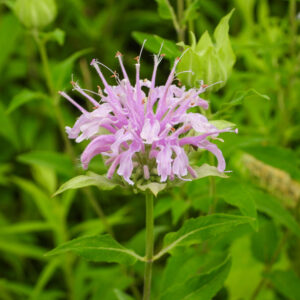
Rudbeckia triloba – Brown-Eyed Susan is a native perennial with masses of yellow blooms and dark centers. Perfect for pollinator gardens, meadows, or borders, it’s low-maintenance, drought-tolerant, and attracts bees, butterflies, and birds.
$12.99 – $149.99
Please note: Sizes 1.5 Gallon and up can’t be shipped outside the counties of Nassau, Suffolk, and Queens.
Learn more about how the process works and how our plants are delivered.
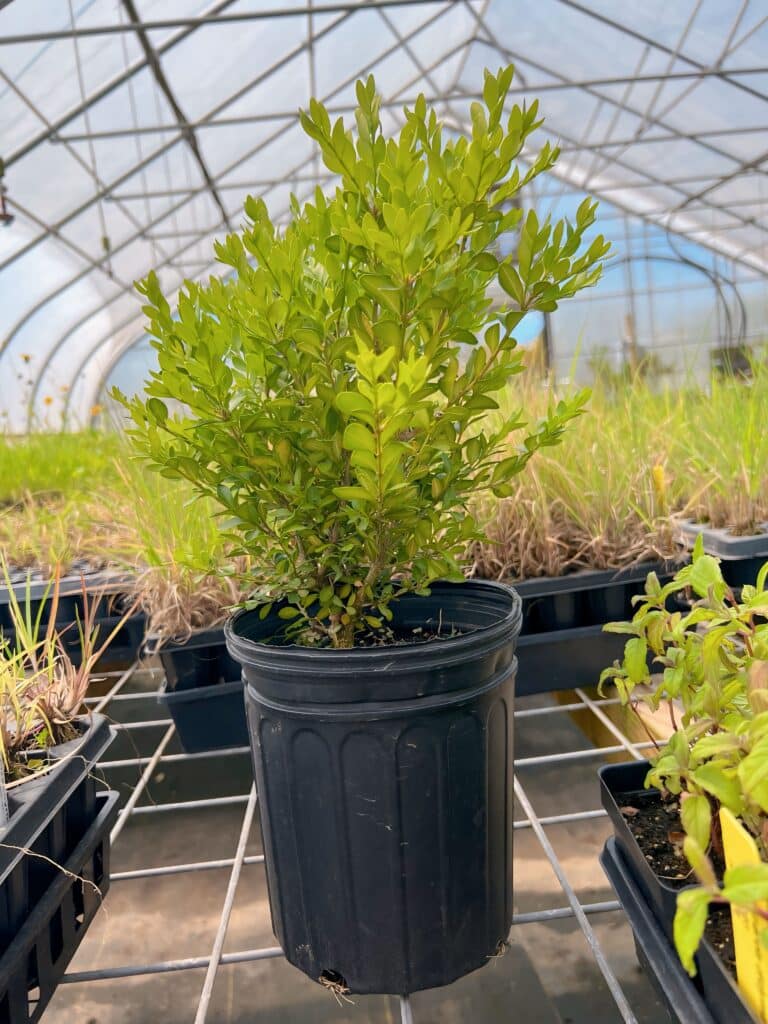
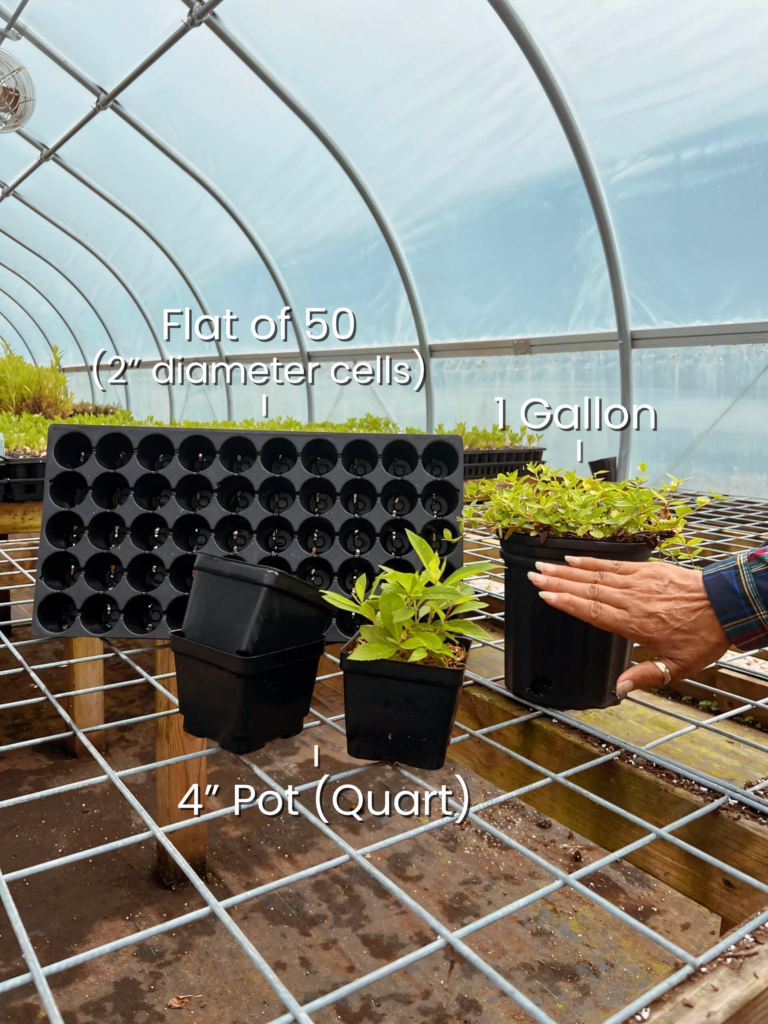
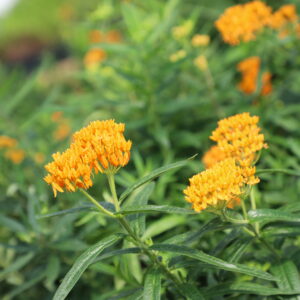
| Size | |
|---|---|
| Common Name | |
| Type | |
| Family | |
| Native? | |
| Zone | 4, 5, 6, 7, 8 |
| Height Range (ft.) | 2.00 to 3.00 |
| Spread (ft.) | 1.00 to 1.50 |
| Bloom Time | |
| Bloom Description | Brownish Purple Center Disks, Yellow |
| Sun | |
| Water | |
| Maintenance | |
| Suggested Use | Border, Cottage gardens, naturalized areas, Pollinator Garden, wildflower meadows |
| Tolerate | |
| Flower | |
| Attracts | |
| Growth Rate |
Add a burst of cheerful color and effortless charm to your garden with Rudbeckia triloba, commonly known as Brown-Eyed Susan. This native perennial is celebrated for its profusion of small, daisy-like golden-yellow flowers with dark brown centers that bloom from late summer into fall. Its branching stems and airy, multi-flowered habit make it a standout in borders, pollinator gardens, or naturalized areas. Thriving in full sun and well-drained soils, Brown-Eyed Susan attracts bees, butterflies, and birds while requiring minimal maintenance. Its robust and adaptable nature makes it a favorite for creating vibrant, wildlife-friendly landscapes.
Brown-Eyed Susan is perfect for adding height, texture, and vibrant color to sunny borders, cottage gardens, or meadow plantings. Pair it with other pollinator-friendly plants like Purple Coneflower, Butterfly Milkweed, or ornamental grasses for a dynamic, biodiverse display. Its profuse blooms and branching form make it an excellent choice for filling gaps in perennial beds or for creating naturalized plantings that support pollinators and birds.
Rudbeckia triloba plays a critical role in supporting pollinators by providing nectar and pollen during late summer and early fall. Its seed heads are a valuable food source for birds, while its hardy, deep-rooted growth improves soil health and prevents erosion, making it a sustainable and eco-friendly choice for gardens.
Enhance your outdoor space with the vibrant beauty and ecological value of Rudbeckia triloba – Brown-Eyed Susan. This resilient perennial adds color, wildlife activity, and natural charm to any landscape.
/5
Total reviews
|
|
Persons recommended this product
Anonymous
Shopper
check_circle Verified
Shop owner replied
Was this helpful
Anonymous
Shopper
check_circle Verified
Shop owner replied
Was this helpful
Your feedback helps us improve our service.
There are no reviews yet.
Be the first to review “ ”
Please log in to submit a review.
Only logged in customers who have purchased this product may leave a review

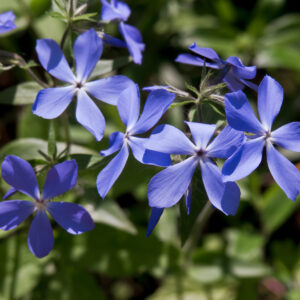
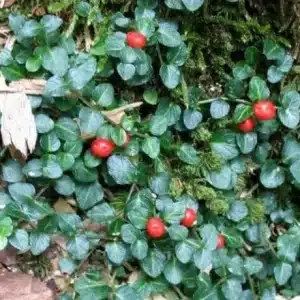
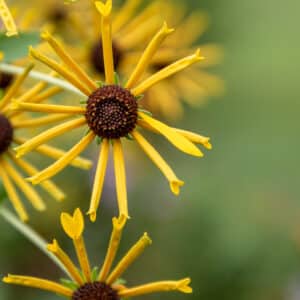
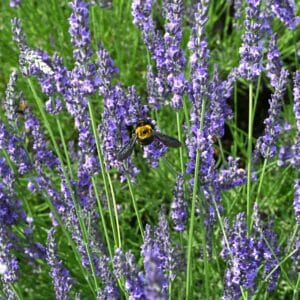
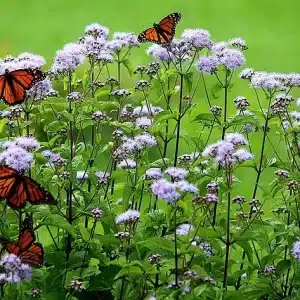
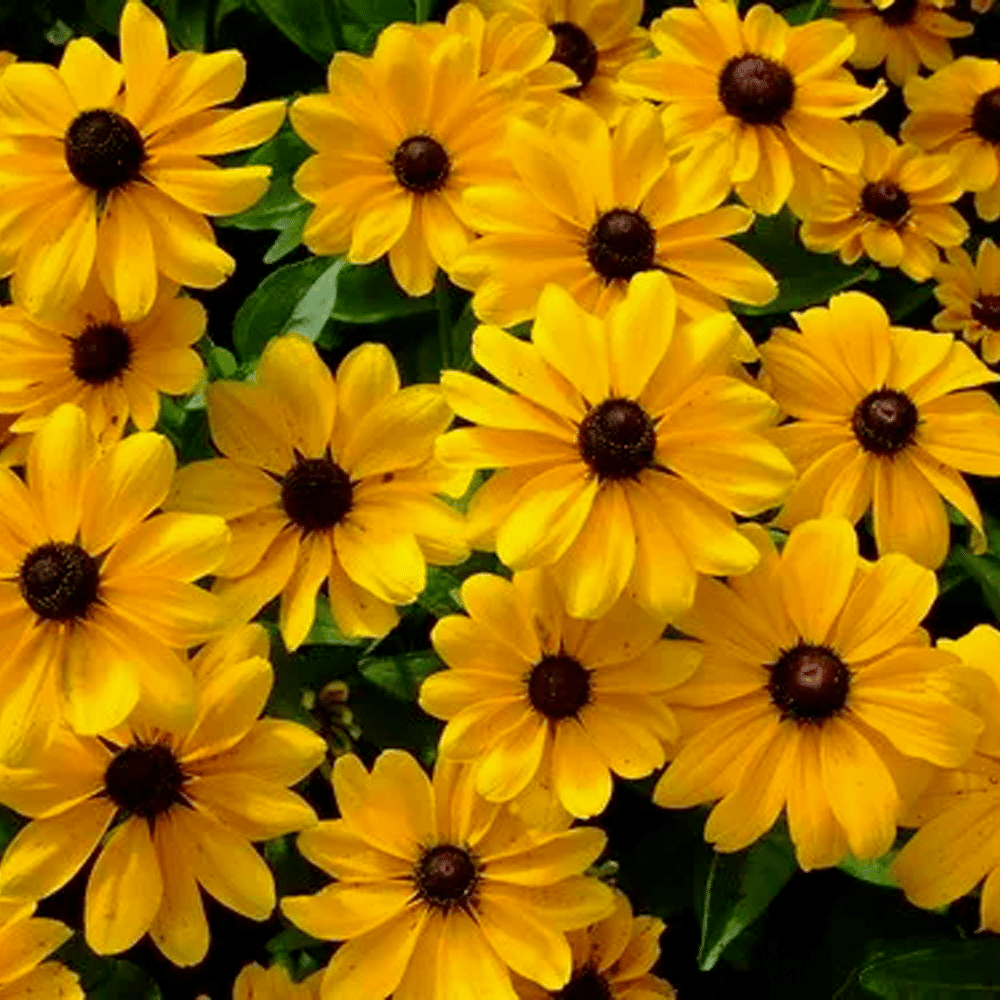
Brown-eyed Susan thrives in full sun to partial shade and grows well in medium to dry, well-drained soil. It’s tolerant of poor or rocky soil and performs beautifully in meadows, cottage gardens, borders, and native plantings. It prefers full sun for the best flowering.
Rudbeckia triloba typically reaches 3–5 feet tall and 2–3 feet wide, with a bushy, branching habit. Compared to the common Black-eyed Susan (Rudbeckia fulgida), it has smaller flowers but blooms more abundantly and over a longer period.
It blooms in mid-summer through fall (usually July to October), producing bright golden-yellow petals with dark brown centers. It is one of the longest-blooming native wildflowers, providing months of color and continuous pollinator support.
Yes—this plant is a magnet for bees, butterflies, and other beneficial insects. It also provides seeds for birds, especially goldfinches, after flowering. Its long bloom season makes it a critical food source during late summer.
Brown-eyed Susan is moderately deer-resistant. While deer may browse on it occasionally, its rough, hairy leaves and stems make it less palatable than other garden plants, and it generally rebounds quickly if damaged.
Our gift cards make it easy to share the beauty of plants, flowers, and all things green. Whether for a special occasion or just because, give the gift of choice and let them select their favorites to create a garden they’ll cherish.
BUYING HIGH QUALITY PLANTS HAS NEVER BEEN EASIER
Our plants are easy to order, plant, and enjoy! Bringing pollinators to your property improves vegetable yields – Feed the bees!
Sign up for our email list!
Copyright © 2025 Bumbee’s | Web design and SEO by Searles Graphics
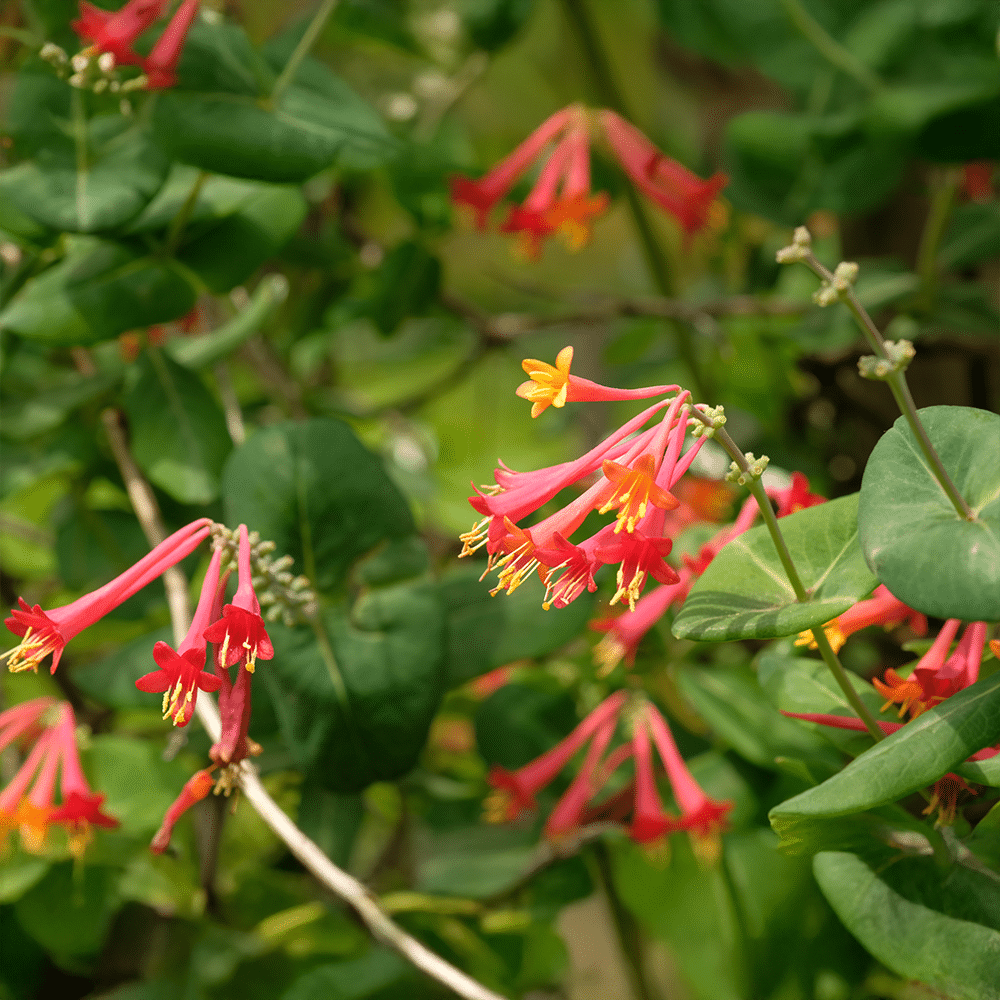
We truly hate to pause things, but with the extreme heat and the holiday weekend, we’ve had to suspend all shipping until Monday, July 7th.
Right now, it’s just too hot for the plants to survive more than 48 hours in a shipping box, and we’d never want to send them out in conditions that could harm them.
We’re really sorry for the delay and any inconvenience this may cause. Thank you for your patience and for caring as much about these plants as we do.